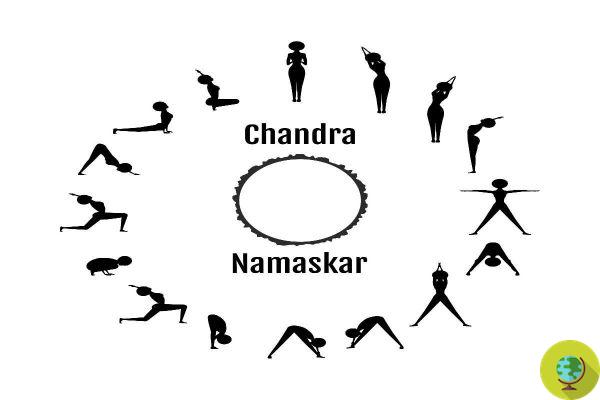When we talk about Yoga we are not referring only to the moment when we are on the mat practicing the asanas. In fact, at the basis of the principles of Yoga, even before the practice of asanas and meditation, we find rules of conduct, principles of behavior towards ourselves and towards others.
When we talk about Yoga we are not referring only to the moment in which we are on the mat practicing the asana. In fact, at the basis of the principles of Yoga, even before the practice of asanas and meditation, we find indications of conduct, gods principles of conduct towards ourselves and towards others.
The principles of conduct of Yoga are divided into 10 points between Yama (behavior towards others) e Niyama (behavior towards oneself).
Index
The 8 steps of Yoga
These behavioral principles divided into Yama and Niyama are the basis of 8 steps of Yoga which are divided into:
- Yama (behavior towards others)
- Niyama (behavior towards oneself)
- Asanas (positions)
- Pranayama (breathing)
- Pratyahara (withdrawal of the senses)
- Dharana (concentration)
- Dhyana (meditation)
- Samadhi (ecstasy, bliss)
Read also: YOGA: HERE'S HOW IT TRANSFORMS BODY AND MIND FROM THE FIRST LESSON ONWARDS
Yama
The points of Yama indicate the ethical rules to be followed in behavior towards others.
ahimsa
Ahimsa means avoid hurting others with thoughts, words or actions. One can speak of non-violence but non-violence should not be confused with passivity or impassivity. In the face of injustice, we must intervene and we must always act in defense of the weakest and those in need of help.
Satya
Satya indicates the benevolent use of the word and mental actions. We must tell the truth but when it is hard we must be careful not to say it too abruptly, you can find other formulas that are respectful and that can be helpful for those who listen to us.
asteya
Asteya indicates the good conduct of the do not steal but it does not refer only to the physical world, it extends to the mental world. Therefore according to Yoga we must never even mentally take possession of what does not belong to us.

brahamacarya
It means recognizing that we are all part of the universe and that there is only one universal consciousness that permeates ourselves and everything that surrounds us in the reality in which we live.
Aparigraha
According to this principle we must satisfy our material needs but we must not indulge in luxury and the superfluous seen as excesses since these very excesses can distract us from the higher goals of our life.
Niyama
Niyama points to ethical rules to follow in behavior towards oneself and in relationship with the inner world.
Shaoca
shaoca indicates physical, mental and environmental cleansing, respect for animals, without forgetting the duty to help people who need a hand.
Santosha
Santosha means to keep the mind in a state of contentment, contenting oneself with what one has, but one must nonetheless commit oneself to improve individual and social living conditions.
Tapah
Tapah points to him spirit of sacrifice in doing good to others without expecting anything in return, without the vanity of one's actions and thinking that precisely this type of behavior makes our life elevated from a spiritual point of view.

svadhyaya
Svadhyaya significa read and to deeply understand the scriptures that are part of the Yoga tradition and that can inspire us to improve in our everyday life.
Iishvara Pranidhana
Iishvara Pranidhana indicates acceptance of the universal supreme entity and surrender to it for reach the highest goal of one's existence.
The text that we recommend to deepen this very interesting topic is "Tantric Biopsychology" by Christian Franceschini.
























